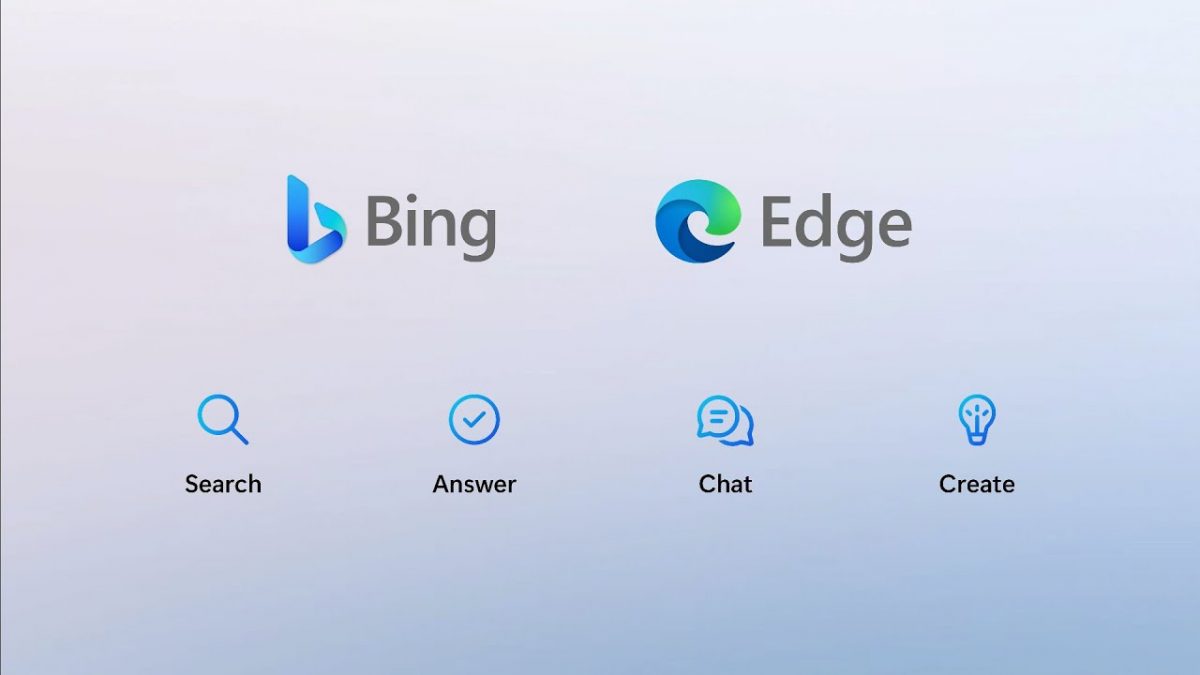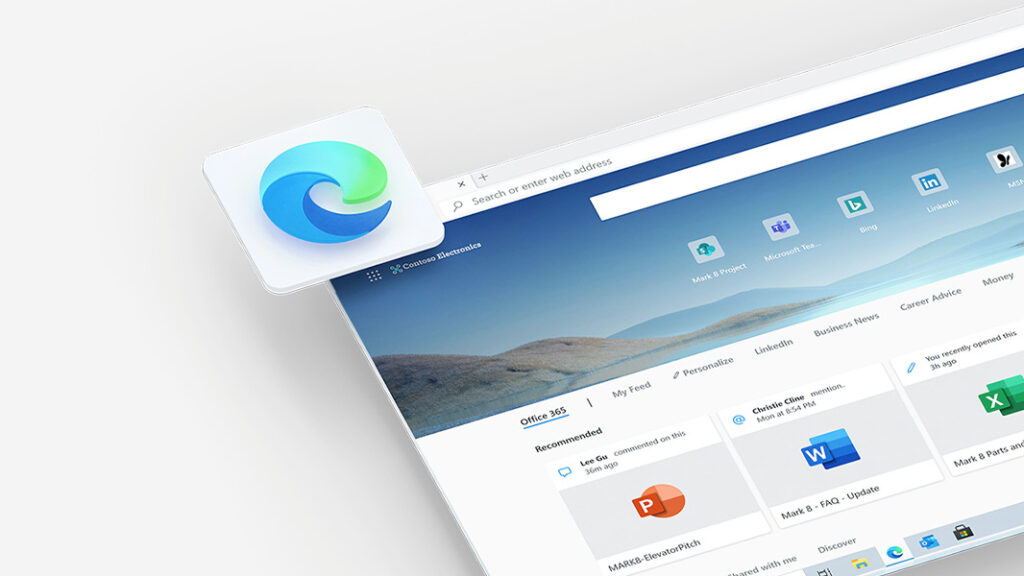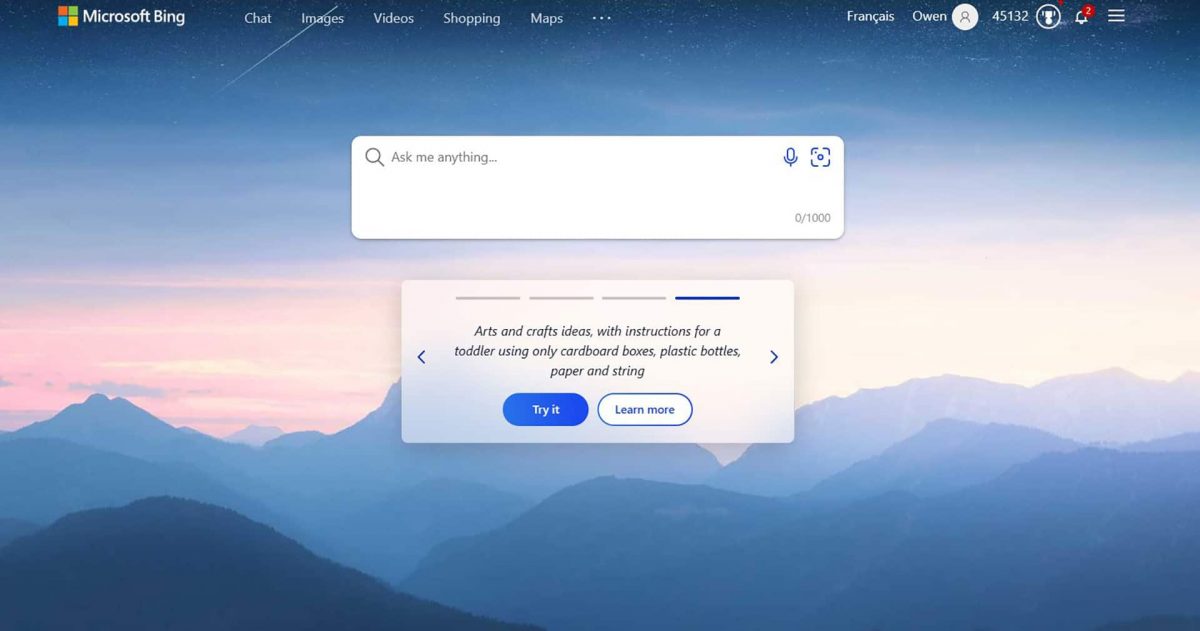The current trend in the realm of technology highlights the popularity of AI-powered chat and search applications. However, a minor issue that users encounter is the need to navigate to each website separately, as these applications operate within a web browser.
Nonetheless, a potential solution exists wherein the latest AI-powered search engines, such as Bing, ChatGPT, and eventually Google's Bard, can be conveniently stored as an application in Windows and summoned as required. We shall now proceed to provide you with a comprehensive guide on how to achieve this.
There are two ways to save websites as an application in Windows: they can be pinned to the Start menu or saved as a direct application in any location. The outcome of this process is still a web application, but it will open in its own distinct window, making it easier to minimize, manage or reposition via Windows. This tutorial will demonstrate how to execute this process in both Microsoft Edge and Google Chrome web browsers.
Related: Microsoft already knew that Bing could go crazy

The distinction between the two methods lies in the default behavior of opening the web app. By merely pinning a web app to the Start menu, it will open in a new browser tab by default. On the other hand, saving it as a Windows app will result in the web page being saved as a standalone browser window, devoid of tabs or favorites.
While both methods save the web page within the main Start shortcut menu, only the latter method will add the web page to the list of apps, making it easily accessible through a Win+R command. Therefore, we recommend saving ChatGPT, Bing, or any other AI program as an app.
These instructions are universally applicable, and they can be used to save not only ChatGPT and Bing but also the upcoming Google Bard search engine.
Step 1
To begin, you’ll need to open the Microsoft Edge web browser and navigate to the desired website, whether it be Bing.com, ChatGPT, or any other site.
Please note that the initial step is identical for both Google and Edge browsers. For accessing Bing, navigate to the URL https://www.bing.com, while for ChatGPT, visit the website https://chat.openai.com/chat. Similarly, you may enter the website of Google Bard when it becomes available. However, it's essential to keep in mind that access to these sites may not always be immediate.
For instance, the free version of ChatGPT can be overburdened at times, and you may need to join a waitlist before being able to access it. Similarly, with Bing, you may encounter certain restrictions that could hamper your ability to access the site without paying a fee.

Step 2
To access the Bing chat interface, users can either click on the small "Chat" link or perform a swipe-up gesture.
The hyperlink provided in the previous step will lead you directly to the ChatGPT AI application. However, in the case of Bing, an additional step is currently required to access it.
Step 3
This method is specific to Microsoft Edge browser. To create a Windows app for the desired website, follow these steps:
- Open Microsoft Edge and navigate to the website for which you want to create the Windows app.
- Click on the ellipsis menu (…) located at the upper right-hand corner of the browser window. This will reveal additional options.
- Scroll down through the menu until you locate "Apps" and click on it.
- From the dropdown menu, select "Install this site as an app."
- You will be prompted to name your app and choose whether you want it saved to the Taskbar, Start menu, or both.
- Select your preferred options and click on "Install."
- The app will now be available in your chosen location(s) and can be accessed like any other Windows app.

Step 4
After saving the app using Microsoft Edge, it will be accessible from the Start menu as well as the app drawer. Keep in mind that apps appear at the bottom of the shortcut menu and alphabetically within the app drawer, so you may need to scroll down to find it. If you know the name of the app you saved, you can quickly access it by typing the Windows key and the app's name or by using the Windows + R shortcut to open the quick-launch window.
However, it is possible that the app may default to the main Bing search box even if it was saved inside the chat window.
Step 5
After successfully creating a Windows app for Bing or ChatGPT, the website will be transformed into a stand-alone application that can be launched like any other application on your computer.
Step 6
To pin ChatGPT, Bing, or Bard to your Start menu using Microsoft Edge, follow these steps:
- Open Microsoft Edge and navigate to the desired website.
- Click on the ellipsis menu (…) located at the upper right corner of the window.
- From the dropdown menu, select "More tools" and then choose "Pin to Start".
- The website will now be saved to your Start menu as a shortcut.
Please note that the pinned site will not appear in the app drawer. You will need to locate it in the shortcuts section of the Start menu when you want to use it.
Step 7
In Google Chrome, you can achieve a similar result by creating a shortcut to the website using different terminology. Chrome provides the option to create a "shortcut" to the website and choose whether to open it in a separate window or as an additional tab. By default, the shortcut will be saved as an additional tab that opens when clicked, but you can also choose to save it as a separate window to create an app-like experience.
Please note that regardless of the option you choose, the shortcut will only be saved to the Start shortcuts menu and not the list of Windows apps.
Thank you for being a Ghacks reader. The post How to Create Windows Apps for ChatGPT and Bing in Microsoft Edge and Chrome appeared first on gHacks Technology News.
0 Commentaires